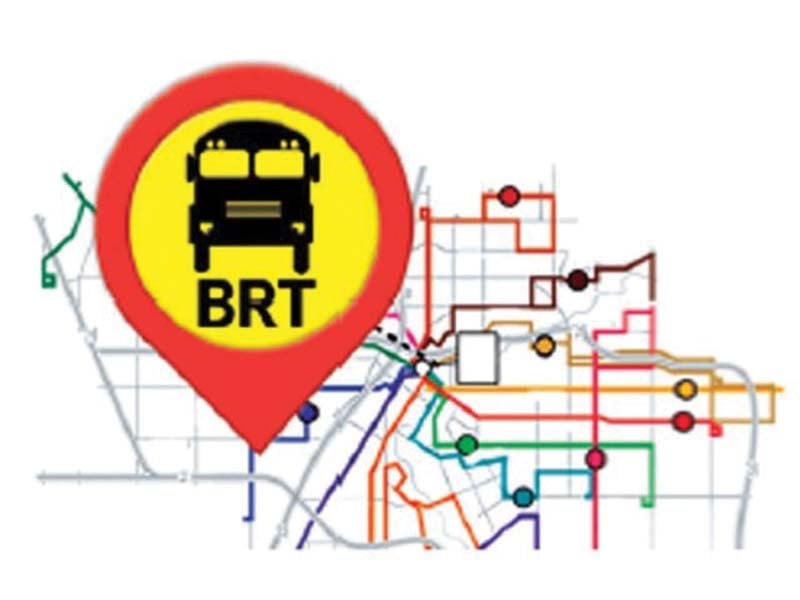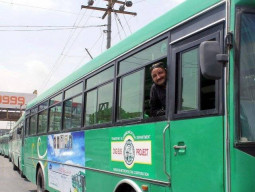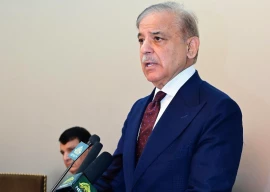
Thirty-one thousand tonnes of carbon dioxide emissions will be reduced in the first year of the project’s operations alone.
It is estimated that by 2026 emissions will fall by 62,000 tonnes which will significantly decrease pollution-related problems.
Peshawar was ranked second in the worst air polluted cities globally as a part of a World Health Organisation (WHO) study of over 3,000 cities between 2011-2015.
Bus rapid transit for Peshawar wins green light
With carbon dioxide levels reaching up to 540 particles per million (PPM) – which is far higher than the WHO set guidelines of 10 PPM.
The BRT system is expected to be rolled out in April and shall have a total of 35 bus stations.
The provincial government has joined hands with the Asian Development Bank (ADB) to curb carbon emissions.
It is hoped that the reduction in carbon emissions would make the city more environment-friendly.
One of the key reasons for the support of the ADB for the project was its contribution to controlling carbon emissions.
This was stated in the Environmental Impact Assessment report of the system which had been submitted to the ADB by Peshawar Development Authority (PDA).
Under the 2015 Paris Climate Change Conference, Pakistan is a signatory along with other countries to reduce carbon emissions to combat the threat posed by climate change.
The ADB released a dispensation of Rs50 billion out of the total Rs57.7 billion cost of the project.
The ADB loan will provide technical support to the BRT system as well as the environmental assessment of the project on a regular basis.
K-P, Chinese firm sign MoU to generate 610MW electricity
“It is estimated that 30,988 tonnes of carbon dioxide emission reductions will be observed in the first year of the project operations,” the report states.
”While these reductions will more than double by the year 2026 to 62,145 tonnes and reach over 77,000 tonnes by 2036,” the report went on to state.
Once the 26 kilometre long BRT system which will run from Chamkani to Karkhano through Soekarno Chowk is complete, more than 50,000 passengers can commute using the service on a daily basis.
Published in The Express Tribune, April 3rd, 2017.

























1714024018-0/ModiLara-(1)1714024018-0-270x192.webp)









COMMENTS (8)
Comments are moderated and generally will be posted if they are on-topic and not abusive.
For more information, please see our Comments FAQ